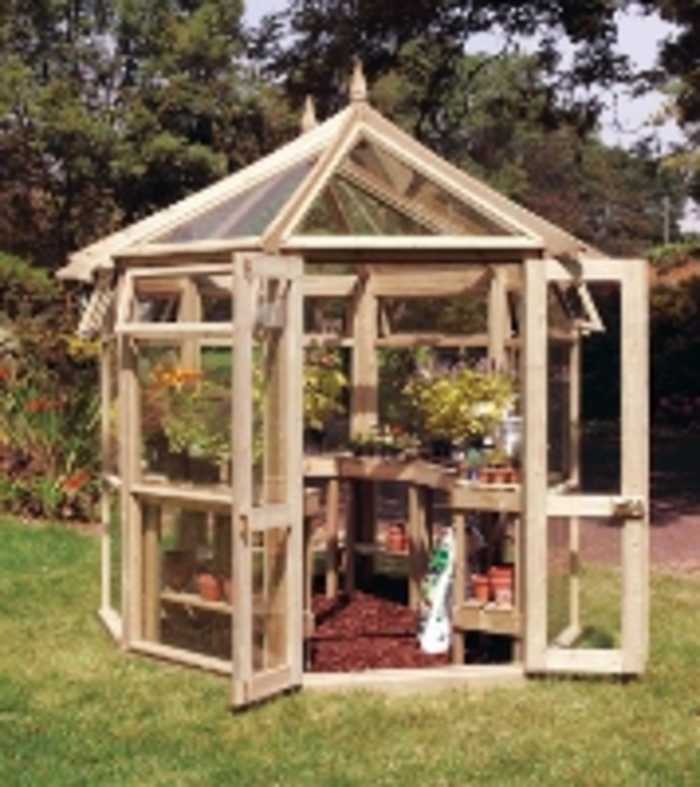Get Most From Your Greenhouse
A greenhouse is one of the greatest assets you can add to your property.
It will help you to start seeds prior to planting them in the garden, enable you to extend growing season for your fruits and vegetables and protect your delicate plants during winter. You can use it to grow exotic plants and flowers or it can become your little oasis to retreat, at least for a short while, from hustle and stress of modern life.
Regardless of what you are using it for we hope these few tips will help you get most of your greenhouse:
- Finding the optimum spot for a greenhouse is vital. Your greenhouse should be placed in a location where it will get the most possible sunlight so south or southwest position would be ideal. Having water and electricity nearby would also be a big bonus. Avoid going under the trees or near structures casting shadows such as walls, fences, hedges or buildings.
- A greenhouse must stand on a solid, well-built base
- Choose the right size. Although even the tiniest greenhouse can perform an important role in the garden the larger ones will allow you to potter in comfort and achieve much better results. Also the larger the greenhouse the better its ability to buffer temperature extremes.
- Use a layout that will allow you to maximize your growing space and enable you to get around your greenhouse to water and attend to the plants.
- Successful growing will require creation of the right environment in the greenhouse – right temperature - heat in the cold months, cooling in the warm months, ventilation, humidity and shading.
- The ideal temperature inside the greenhouse is about 25- 29 °C (around 80-85 °F) so the most important thing is to keep the temperature steady. On the warm sunny day the greenhouse can easily become too hot so you need to regulate the temperature or you risk stressing and perhaps even killing your plants.
- Provide adequate ventilation - All greenhouses must include vents to ensure good air circulation.
- To add humidity to the air place trays of pebbles underneath the plants, cover the pebbles with water and as the water evaporates it will provide humidity for the plants in the greenhouse.
- Although we are trying to get as much sunlight as possible for the greenhouse, sometimes the combination of the heath and sunlight will end up harming the plants instead of growing them so it is very important to provide adequate shading.
- Shading is most effective on the outside of the glass, and the cheapest method is to apply a solution of shading paint. But even horticultural fleece or thin net curtains pinned to the inside of the sunny, south-facing side of the roof are better than nothing

Here are some useful links for more information and advice:
http://www.bbc.co.uk/gardening/htbg/module7/greenhouse_growing.shtml
http://garden.lovetoknow.com/wiki/How_to_Use_a_Greenhouse
http://www.gardenersworld.com/search/articles/greenhouse/
http://www.realmensow.co.uk/?p=2838
The information and advice in this article is provided in good faith and is designed to give general information and guidance. Any reliance you place on such information is therefore strictly at your own risk. If in doubt we strongly recommend you seek professional assistance.

